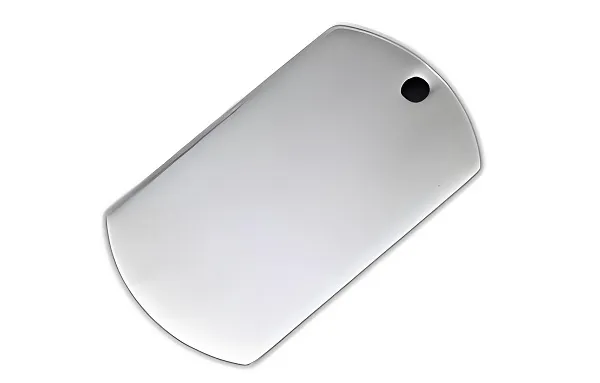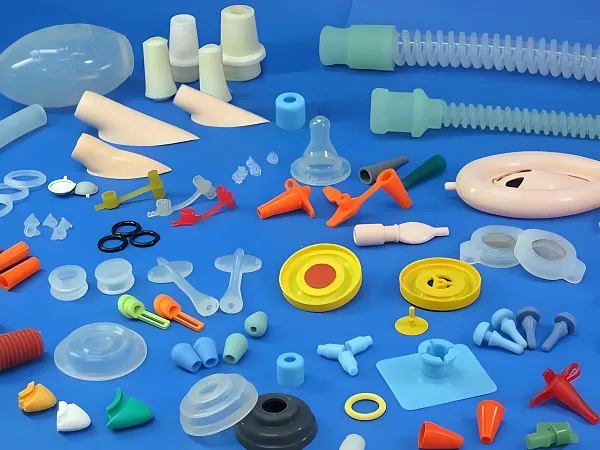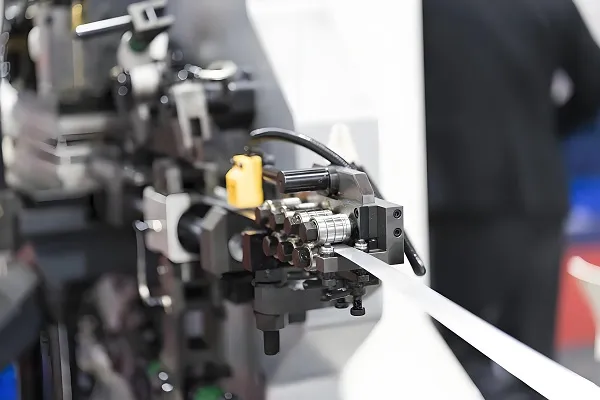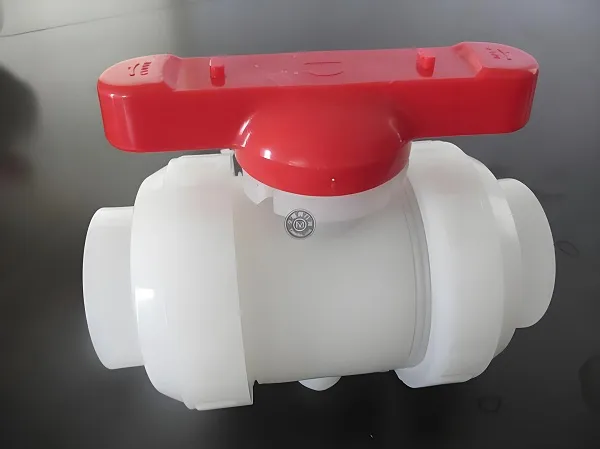1. Basic Cognition: Definitions and Core Applications
|
Process
|
Core Definition
|
Typical Applications
|
Industry Share (2025)
|
|
CNC Turning
|
Tool stays fixed; workpiece rotates (spindle-driven) to cut cylindrical shapes.
|
Shafts, bolts, bushings, bearing rings (rotational symmetry parts)
|
~40% of CNC machining
|
|
CNC Milling
|
Workpiece stays fixed; tool rotates (spindle-driven) to cut complex contours.
|
Housings, brackets, gears, keyways (irregular shapes)
|
~55% of CNC machining
|
2. Core Differences & Common Ground
A. Key Differences (Table Comparison)
|
Aspect
|
CNC Turning
|
CNC Milling
|
|
Motion Logic
|
Workpiece rotates (C-axis), tool moves linearly (X/Z-axis).
|
Tool rotates (spindle), tool moves in 3-5 axes (X/Y/Z/A/B).
|
|
Tool Type
|
Single-point tools (e.g., external turning tools, boring bars).
|
Multi-point tools (e.g., end mills, face mills, ball mills).
|
|
Material Removal
|
Continuous cutting (high efficiency for cylindrical parts).
|
Intermittent cutting (handles hard materials better).
|
|
Precision Range
|
±0.001-0.005mm (ideal for rotational symmetry).
|
±0.002-0.01mm (superior for complex 3D shapes).
|
|
Program Complexity
|
Simplified (focus on linear/cycle codes like G71).
|
Higher (needs arc/3D interpolation like G02/G03).
|
B. Common Ground (Shared Technologies)
- Program Structure: Both follow “Header → Preparatory Codes → Execution Codes → End” (e.g., O0001 for header, M30 for end).
- Safety Instructions: Shared core codes like M03 (spindle forward), M08 (coolant on), and G54 (workpiece coordinate system).
- Quality Control: Rely on tool offsets (G41/G42 for milling, Txxyy for turning) and real-time monitoring to reduce defects.
3. Critical Technologies for Synergistic Processing
A. Process Sequencing Principle
- Rough Turning: Remove 80-90% of excess material from the workpiece (faster than rough milling for cylindrical shapes).
- Finish Turning: Achieve final cylindrical dimensions (e.g., φ20±0.003mm) to avoid milling-induced deformation.
- Milling: Cut non-rotational features (e.g., keyways, holes) — mill after turning to use the finished cylindrical surface as a reference for alignment.
B. Coordinate System Alignment
- Use a common datum (e.g., the right end face of the shaft):
-
- After turning, mark the datum with a dial indicator (error <0.002mm).
-
- When clamping for milling, align the datum to the milling machine’s G54 coordinate system (use edge finders or touch probes).
- For complex parts, use CNC Turn-Mill Centers (integrated turning and milling in one machine) — this eliminates re-clamping errors, reducing alignment time by 60% (Source: Machinery Automation Report).
C. Key Codes for Synergy
|
Scenario
|
Turning Codes (FANUC)
|
Milling Codes (FANUC)
|
|
Set workpiece coordinate
|
G50 / G54
|
G54 / G55
|
|
Rough material removal
|
G71 (rough turning cycle)
|
G73 (peck milling cycle)
|
|
Complex contour cutting
|
G70 (finish turning)
|
G02/G03 (arc interpolation)
|
|
Tool radius compensation
|
— (single-point tool)
|
G41 (left compensation) / G42 (right compensation)
|
4. Practical Workflow: Machining a “Shaft with Keyway”
Step 1: Drawing & Process Analysis
- Turning Requirements: φ25 (IT6 tolerance: φ24.984-25), chamfer C1, length 80mm.
- Milling Requirements: 6×6mm keyway (symmetric to shaft center, position tolerance ±0.05mm).
Step 2: Equipment & Tool Selection
|
Process
|
Machine
|
Tool
|
Parameters
|
|
Rough Turning
|
FANUC 0i-TF
|
T0101 (external turning tool)
|
S1800r/min, F0.25mm/rev
|
|
Finish Turning
|
FANUC 0i-TF
|
T0101
|
S2200r/min, F0.1mm/rev
|
|
Milling Keyway
|
FANUC 0i-MF (3-axis)
|
Φ6mm end mill (T0303)
|
S3000r/min, F150mm/min
|
Step 3: Collaborative Programming (Key Snippets)
A. Turning Program (O0001)
Step 4: Simulation & Trial Cutting
- Turning Simulation: Verify no tool collision with chuck (G00 X30 Z2 is safe).
- Milling Alignment: Use a dial indicator to align the shaft’s φ25 surface to G54 X0 (error <0.003mm).
- Trial Cutting: Use scrap material to test keyway depth (adjust Z-axis offset if 6mm keyway is too shallow/deep).
5. Common Problems & Solutions (Synergistic Scenarios)
1. Keyway Position Deviation (Milling After Turning)
- Cause: Workpiece re-clamping shifts the datum (e.g., shaft rolls in milling vice).
- Solution: Use a V-block fixture (matches shaft curvature) for milling, or mark a reference line during turning to align with milling machine.
2. Tool Interference (Milling Complex Shafts)
- Cause: End mill hits the shaft’s stepped surface (e.g., milling a keyway near a shoulder).
- Solution: Add a “safe retract” code (G00 Z5) before moving the tool across steps, or use CAM software (e.g., Mastercam) to simulate the tool path.
3. Dimensional Instability (Turning Then Milling)
- Cause: Milling vibrations deform the thin shaft (e.g., φ10×100mm shaft bends during keyway cutting).
- Solution: Reduce milling feed rate (from 200mm/min to 100mm/min) or use a supporting center (reduces deflection by 40%).
6. Q&A: High-Frequency Questions for Synergistic Processing
Q1: Should I choose a Turn-Mill Center or separate machines?
- Small-batch (≤50 parts): Separate machines (lower upfront cost: ~(80k vs. )200k for turn-mill centers).
- Mass production (>100 parts): Turn-Mill Centers (eliminates re-clamping, reduces cycle time by 35% — Source: CNC Equipment Cost-Benefit Report).
Q2: How to calculate cutting parameters for both processes?
- Turning: Spindle speed S = (1000×Vc) / (π×D) (Vc=150m/min for aluminum, D=shaft diameter).
- Milling: Feed rate F = S×Z×fz (Z=number of end mill flutes, fz=0.1mm/flute for aluminum).
Q3: Can I use the same G-code for different systems (e.g., SIEMENS vs. FANUC)?
- Core logic is consistent, but code formats differ:
-
- FANUC rough turning: G71 U2 R1 → SIEMENS: CYCLE95(“ROUGH”, 2, 1, …).
-
- Always refer to the machine’s manual or use a “cross-system code converter” (e.g., CAMWorks).







